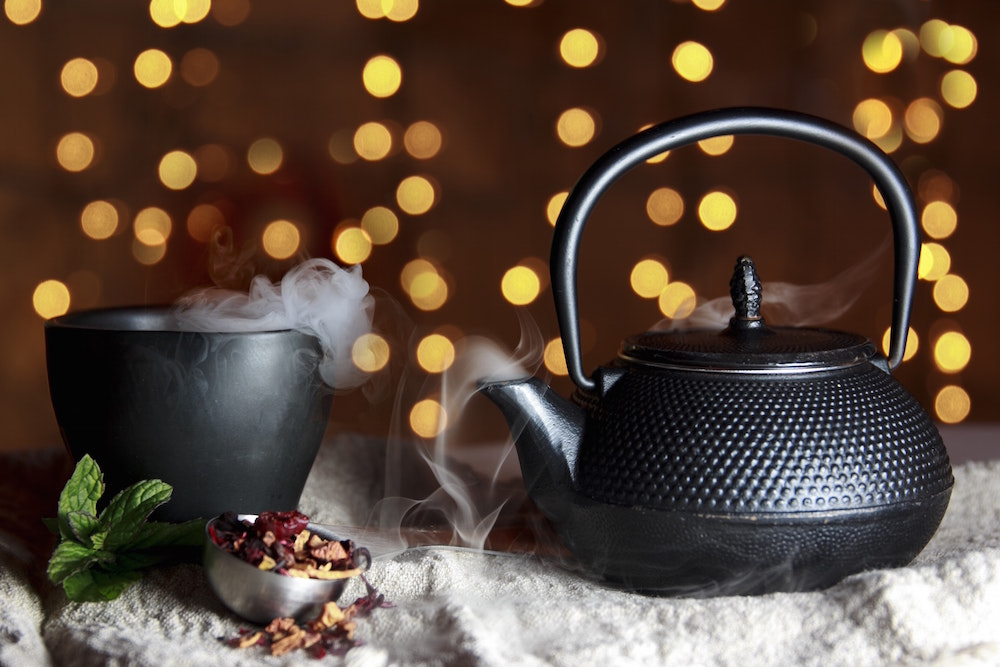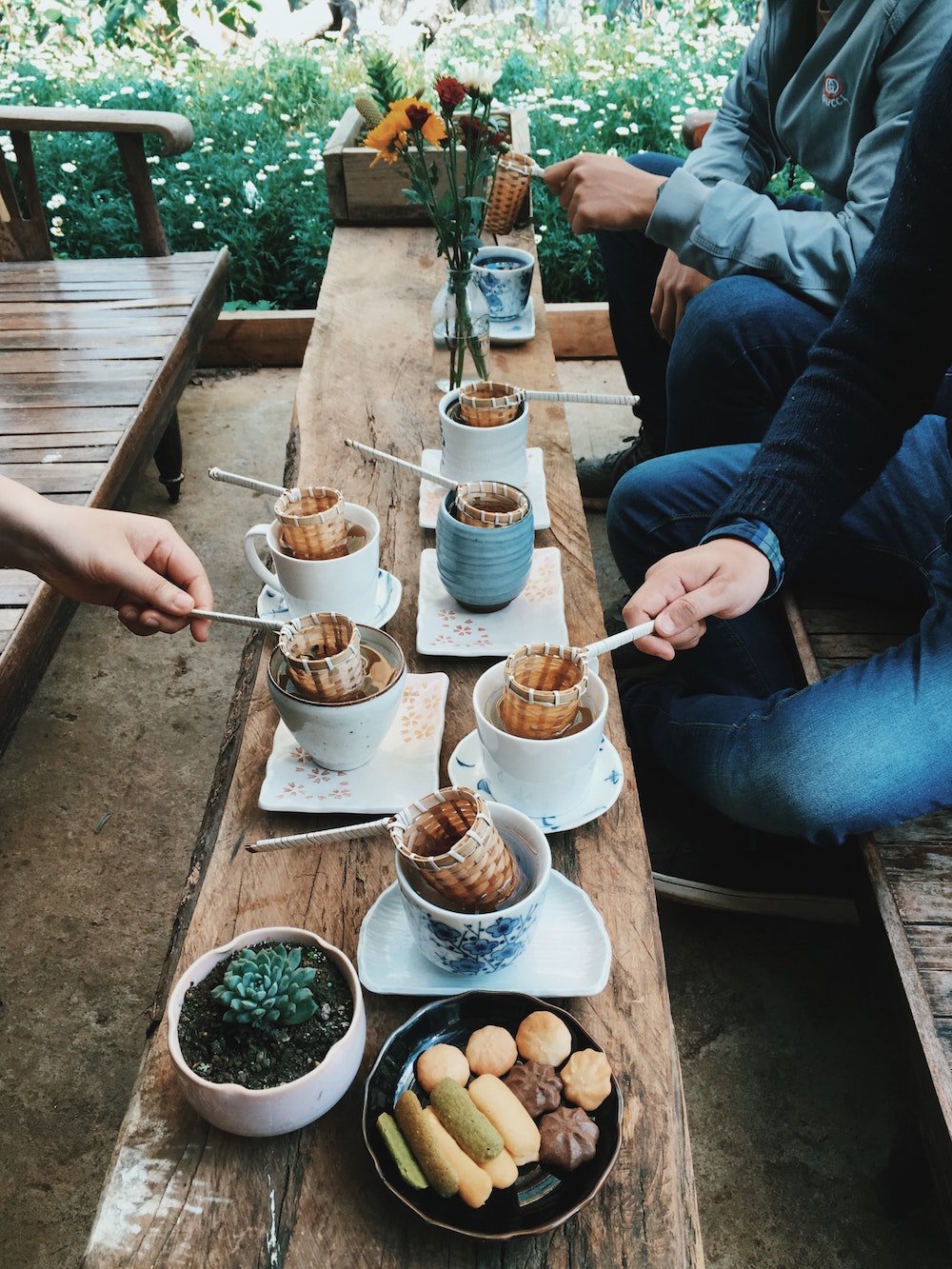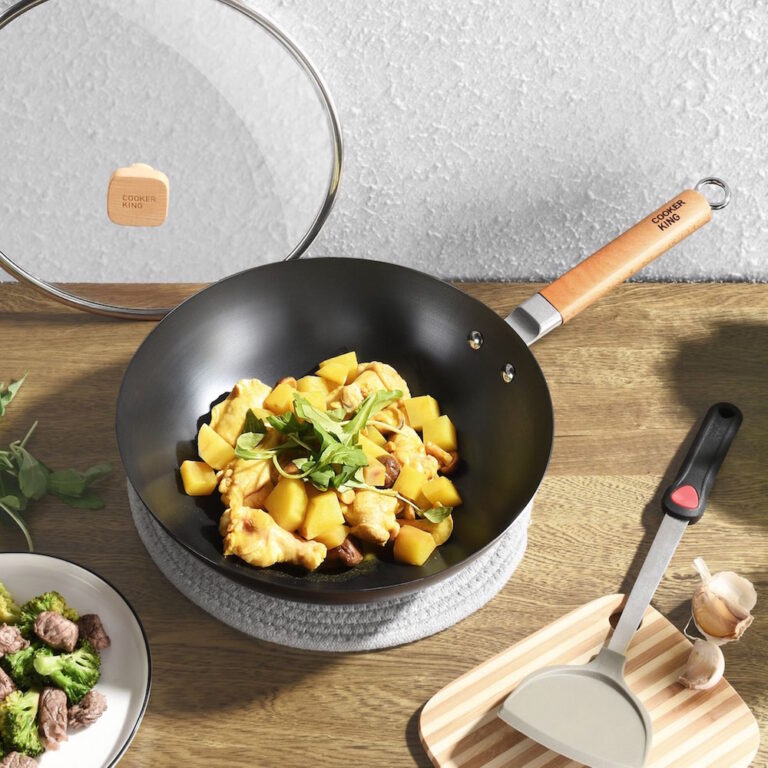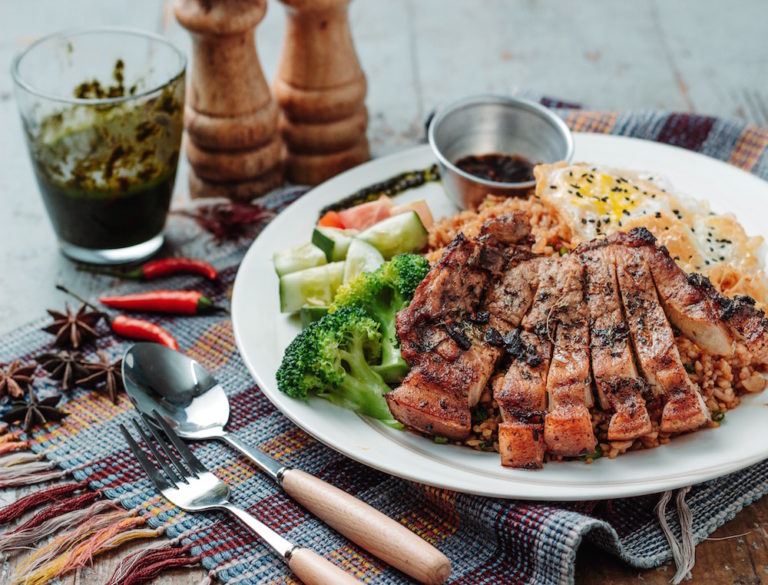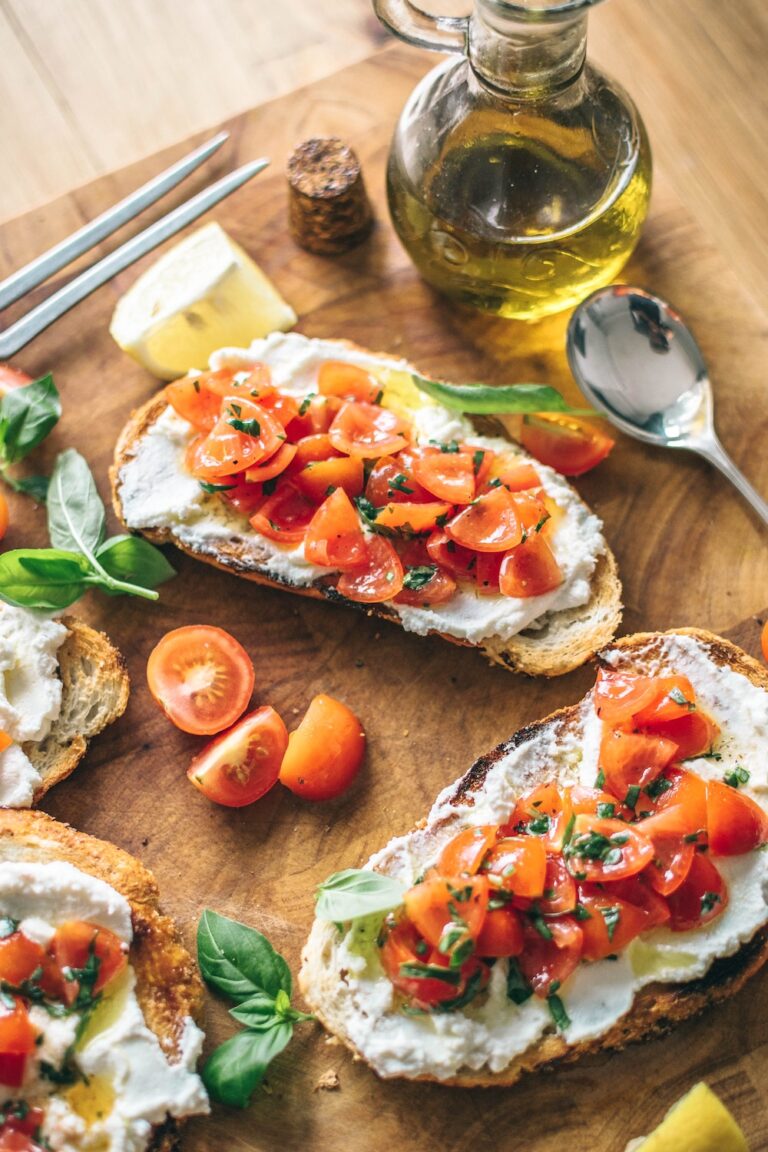Learning to Love Tea: A Beginner’s Guide
You’ve already heard about the wonderful benefits of drinking a cup of tea. Unfortunately, your taste buds just seem to be against the idea and you can’t stand the flavor of this beverage.
Chances are, you just haven’t found the right type of tea nor how you like to drink it. Drinking tea is a lot like drinking coffee in that there are a lot of variables – sweetener, cream, and flavors of tea. We’re going to help you navigate the world of tea and hopefully help you find your new go-to hot (or cold) beverage!
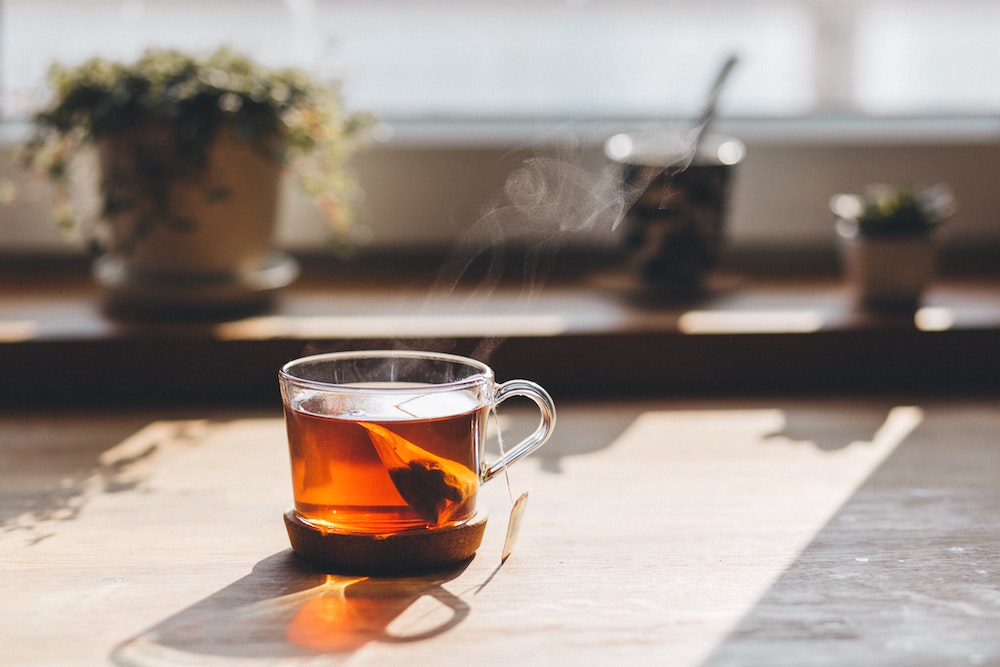
Keep reading for more information!
Black, White, and Green Tea
If your friend orders an iced tea with her lunch, chances are she is receiving black tea. Black tea has been oxidized which allows for a much stronger flavor. Most of the time, this flavor is what turns people off to tea and makes them believe the beverage isn’t for them.
Whether you are trying an Earl Grey tea or a sweet southern iced tea, the body will be strong and almost pungent. Pungent isn’t necessarily a bad descriptor when talking about tea, but many people are off-put by this characteristic which is why it is usually better to start with a white or green tea.
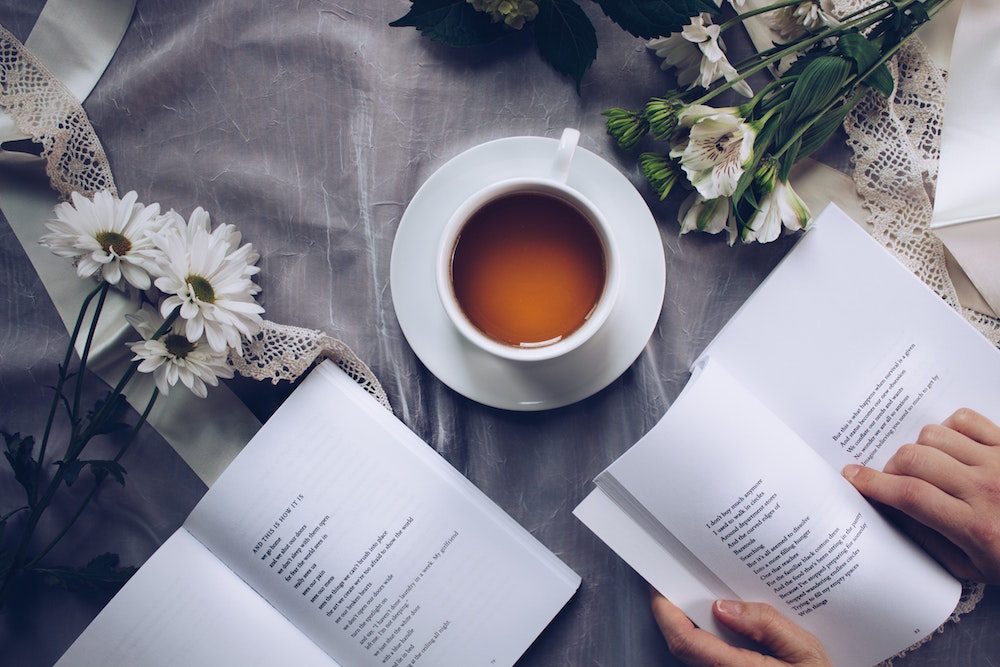
White tea, on the other hand, has not been oxidized nor processed as much but is still made from the same leaves as black tea. Because of this, white tea tends to have a very light body with floral notes making it an easier beverage to drink.
Finally, green tea is probably the type of tea that you hear about most if you pay attention to health news. While it does offer the most health benefits of any tea, it is often described as bland if not brewed correctly or ‘adjusted’ by adding citrus or sweeteners.
The thing to remember about each of these types of tea is that each type has several subtypes which will offer various flavor profiles. They will also vary on strength and taste depending on how long they steeped and the way the tea was dried.
Herbal Teas
Aside from standard black, green, and white teas, you also have herbal teas. These teas aren’t caffeinated and come in many, many flavors. You can often find chamomile-lavender teas to help you relax before bedtime, echinacea tea to help fight colds, or hibiscus tea to help lower your blood pressure.
The flavor of herbal teas is often mild – almost too mild to enjoy or taste if you are a new tea drinker. To increase the flavor profile, simply steep the tea a bit longer for a richer drink.
Sweeteners, Flavors, and Creamers
Now that you have a better grasp on some teas to try, we’re going to try to help you make them more to your liking. Sweeteners, flavors, and creamer or milk can help you make your tea a bit more palatable to you.
One of the more popular sweeteners used in tea is honey. Choosing to use honey in your tea is a natural way to sweeten it without using processed sugars that can overpower the flavor. For people who are just learning to love tea and for those who have loved it for years, tea lovers’ gift sets are perfect!
Honey has better health benefits than using calorie-free sweeteners and simple white sugar. This is because it is all-natural, preservative-free, is lower on the glycemic index, (which means it won’t raise your blood sugar as quickly) and is considered to be sweeter than sugar which can help you use less of it in your tea.
Another way you might consider taking your tea is by combining your sweetener with a little bit of flavor. Of course, a lemon wedge is often served with black tea but also consider using some natural raspberry syrup or simply soaking the berries in the tea while it chills in the fridge.
In addition to fruit, you might use cinnamon, mint or even ginger to give your tea a more interesting flavor. It is really up to your taste buds on how you choose to mix and match flavors!
Using cream or milk in hot teas is also a popular choice when drinking black tea. While there aren’t any hard and fast rules about how you can drink your beverage, the general thought is that white and green teas are a bit too delicate to add cream/milk.
Chai tea is made from black tea, milk, and other spices and is often a great way to begin enjoying an interesting blend of flavors. It’s surprisingly easy to drink and because of all the spices, it really doesn’t even taste like tea!
Buying High-Quality Loose, Long Leaf Tea
There is a chance that you’ve never fallen in love with tea because you’ve never had a high-quality one. This, in itself, is a problem many people face without realizing it.
Generally speaking, a loose long leaf tea is going to offer a more complex flavor and aroma whereas tea that is cut, torn, curled, and pre-bagged is often a bit lower-quality. When purchasing loose leaf teas, look for leaves that are whole, not crumbly, and don’t contain a ton of stems. This will allow for the flavor profile to really shine.
When you smell the leaves, they should have a noticeable aroma. If you can’t smell it, chances are the tea is getting old or stale and won’t give you a quality cup.
The Tea for You
If you choose to learn about the teas you’re drinking, enhance them with flavors or sweeteners, and opt for quality leaves, there is a high chance you will end up loving tea! There is still a chance that it won’t be your choice beverage but at least you will know how to enjoy it when options are limited.
Finding a tea that you love will take some time and effort on your end. Knowing the differences between white, black, green, and herbal teas will go a long way toward choosing something suited to your tastes; once that happens, you can begin to appreciate all that tea has to offer!

